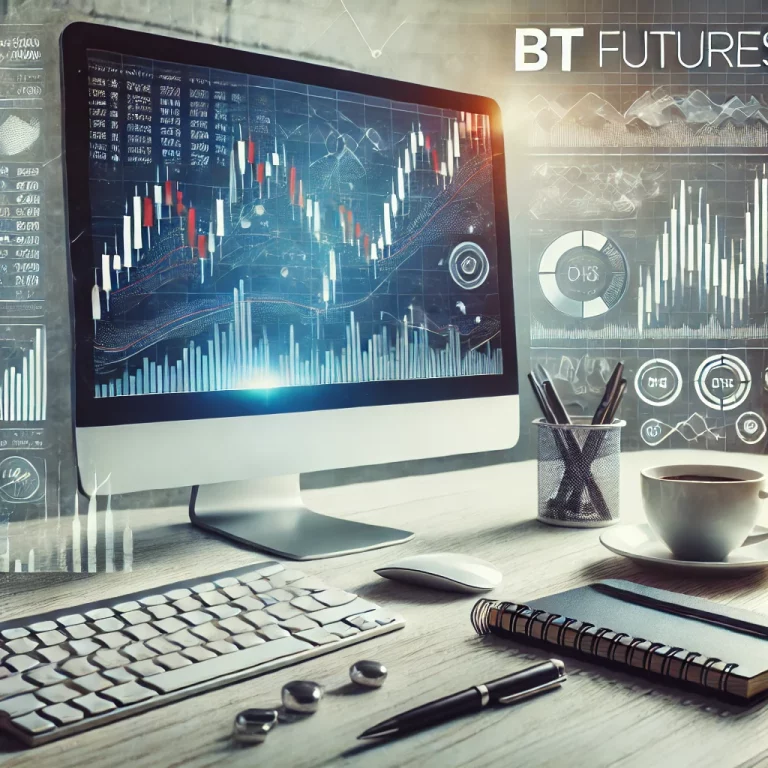Comprehensive Program “Trader's Path” • Tasks • Practice • Monitoring
♦ Three stages of Trader Evolution. Trading and Market Components. Practical information with in-depth exploration. Real market practice. ♦
• Express Training for Traders to Solve Practical Problems. Work Optimization and Strategy Development. •
• Level Up in a Minute •
• STAGE “BASE” •
-
Studying the Processes of Price Formation through Supply and Demand Interaction: Understanding how prices are influenced by the balance of supply and demand in the market.
-
Reviewing Different Types of Financial Transactions and Their Characteristics: Exploring various financial instruments and the unique features of each.
-
Analyzing Market Data Dynamics to Make Informed Trading Decisions: Utilizing historical and real-time data to guide trading strategies and decisions.
-
Understanding the Concept of Delta and Analyzing Changes in Buy and Sell Volumes: Learning how to interpret the delta as a measure of market sentiment and trading activity.
-
Exploring Volume and Delta Profiles as Indicators of Market Activity: Using volume and delta profiles to identify key market movements and trends.
-
Determining the Relationship between Delta and Trade Volume: Investigating how delta correlates with trading volume to reveal underlying market trends.
-
Uncovering Methods to Identify Hidden Signals Indicating Market Changes: Techniques for spotting subtle indicators that may suggest shifts in market direction.
-
Step-by-Step Development of Effective Trading Strategies Based on Market Data Analysis: Creating robust trading strategies by leveraging detailed market data analysis.
-
Studying the Principles and Specifics of Trading Using the “Grid” Strategy: Delving into the “Grid” strategy, a trading approach that involves placing orders at regular intervals above and below a set price point to capitalize on market fluctuations.
- Continued…
• STAGE “IMPLEMENTATION” •
-
Differences Between Strategic and Tactical Approaches in Financial Trading: Exploring the distinction between long-term strategic planning and short-term tactical execution in trading.
-
Studying Effective Methods of Concentrating Trading Activity to Achieve Maximum Results: Techniques for focusing trading efforts and capital to optimize returns.
-
Analyzing the Distribution of Trade Volume Across Different Time Periods to Identify Trends and Patterns: Using volume data over various time frames to detect emerging trends and repeating patterns.
-
In-Depth Examination of Margin Trading, Stop-Loss Strategies, and Effective Risk Management: Understanding how to leverage margin, place stop-loss orders, and manage risk to protect capital.
-
Overview of Pair Trading Methods, Including Pair Selection and Optimal Strategies for Different Market Conditions: Techniques for identifying and trading pairs, focusing on correlation and market behavior under various conditions.
-
Identifying Signs of Market Phase Initiation and Conclusion, and Studying Traps Faced by Traders: Recognizing the beginning and end of market cycles and common pitfalls that traders encounter.
-
Detailed Analysis of Flat, Ranges, Holding, and Squeezes as Typical Market Scenarios: Investigating these market conditions, understanding their characteristics, and learning how to trade effectively within them.
- Continued…
• STAGE “IMMERSION” •
-
Analysis of Factors Affecting Price Movements, from Fundamental to Technical: Understanding how various factors, such as economic data, news events, and technical indicators, influence price movements in financial markets.
-
Understanding the Concept of Target Impulse Levels and Their Role in Price Change Analysis and Forecasting: Studying specific price levels where market momentum is likely to increase, aiding in the prediction of future price movements.
-
Exploring the Role and Behavior of Limit Players in Financial Markets and Their Impact on Price Movements: Analyzing how large institutional orders affect market dynamics and price stability.
-
Review of Trading Methods Using Mirror Tools for Effective Reaction to Market Changes: Utilizing mirror levels and tools to reflect market changes and enhance trading decisions.
-
Familiarization with the Tactical Method “Hidden Action” and Its Application in Financial Market Trading: Learning how to implement stealthy trading tactics that minimize detection and market impact.
-
Development and Analysis of the “Bounce” Strategy as an Effective Market Interaction Method: Creating and testing a strategy focused on exploiting rapid price movements after market consolidations or corrections.
-
Exploring the Concept of Liquidity Ceiling and Determining the Potential for Price Movement in Various Market Conditions: Studying how liquidity constraints influence price potential and identifying scenarios where price movements may be limited or extended.
- Continued…
![]()










